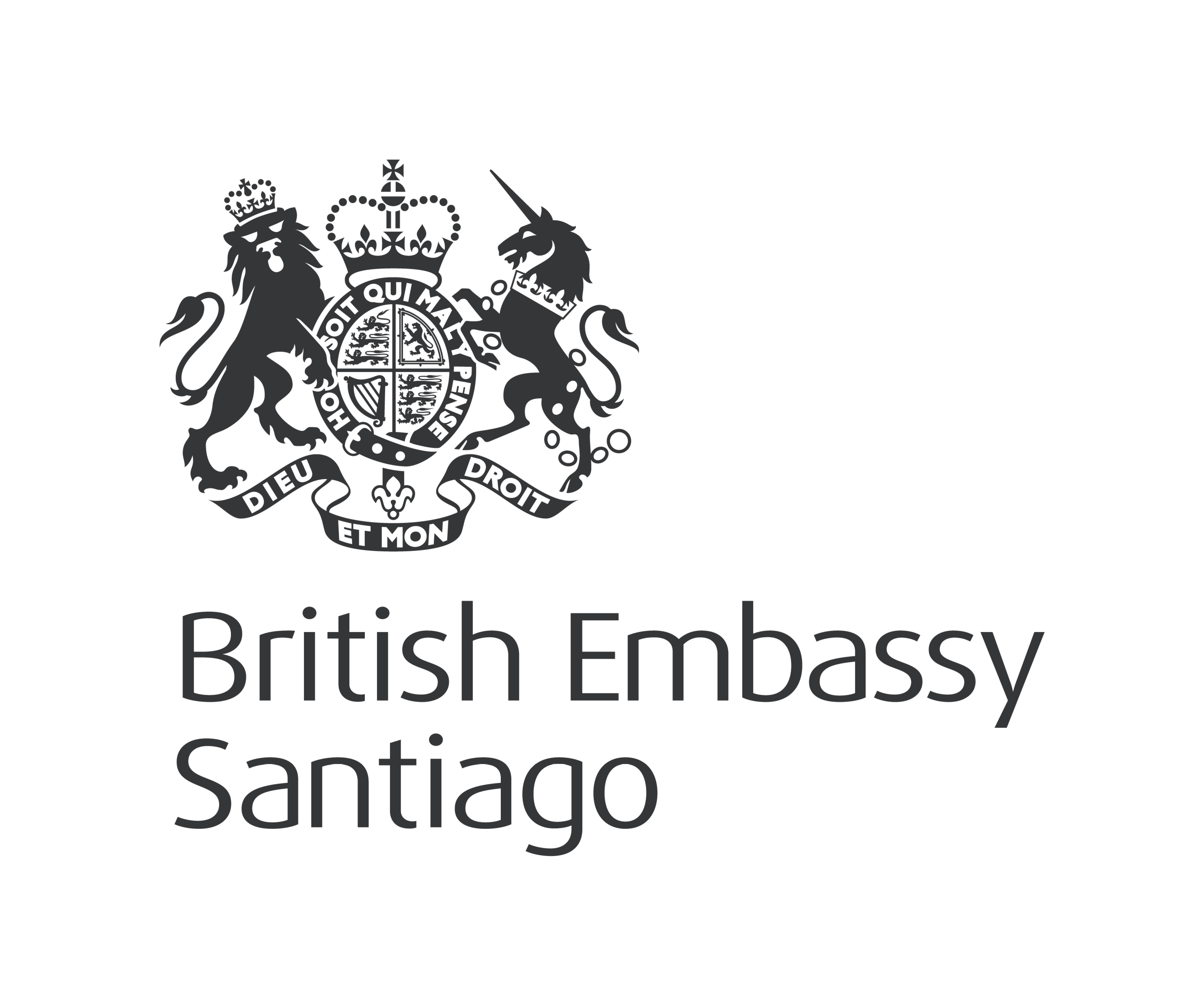Rebalance unavoidable emissions through carbon offsetting and verified carbon removals
Rebalancing residual emissions is a crucial step in achieving carbon neutrality and net zero. It involves compensating for unavoidable residual emissions through initiatives such as carbon offsetting and carbon removals projects.

Navigate the evolving regulatory and standards landscape
We will help you to understand and implement best-in-class rebalancing strategies. Whilst the guidance is nascent and evolving, we can help you to move beyond compliance and philanthropy, to ESG-driven competitive advantage.



What is Carbon Offsetting?
Carbon offsetting is the act of purchasing carbon credits in order to compensate for unavoidable emissions. Rebalancing residual emissions in this way is the means to achieving carbon neutrality. However, there are limits to how much of your footprint can be offset as part of your SBTi-compliant net zero commitment.
What are Inhouse Carbon Removals?
Inhouse carbon removal is the act of investing in your own verifiable carbon sequestration project. This can be done within your own value chain (known as insetting) or beyond value chain (known as BVCM). With carbon credit prices set to soar, having your own carbon sink to achieve net zero and drive ESG benefits has a clear business case. We enable the process at each stage, ensuring rigour and success.

Which approach to rebalancing is right for our business?
There is no one size fits all rebalancing solution. It really depends on what you’re trying to achieve, timeframes, budget and business case. Often, a hybrid approach is advisable in achieving OCW Carbon Neutral and Net Zero certifications.



Together, we remain committed to bold climate action”.
British Embassy in Uruguay
Who we've worked with
One Carbon world has worked with some of the world’s greatest companies to achieve carbon neutrality and drive towards net zero. Our services are inclusive to all, from high-impact startups to multi-national FTSE 100 companies.












Frequently asked questions
Find answers to commonly asked questions about our services and initiatives.
A carbon credit represents one ton of carbon dioxide (CO2e) reduced or sequestrated through a project. These credits play a vital role in balancing carbon emissions.Upon retirement, carbon credits become offsets. We meticulously record details like your organisation's name, project specifics, unique identification, and certificates during retirement. This ensures secure and transparent accounting, preventing their reintroduction and certifying your commitment to achieving carbon neutrality or carbon positivityWhether active or retired, carbon credits are registered by transparent, independent environmental registries, such as VERRA This transparency safeguards the certification process. Our projects adhere to high standards, emphasising additionality, and adequate labour and environmental and biodiversity protection standards
Carbon rebalancing represents essentially a unit that signifies the reduction or capture of one ton of carbon dioxide. These units serve a crucial role in environmental conservation efforts by allowing organisations or individuals to compensate for their carbon emissions.
The selection of projects at One Carbon World involves a meticulous process overseen by our independent panel. Projects are considered based on prerequisite scoring factors, with a minimum benchmark of 6 required for economic impact, local community support, and biodiversity enhancement. Notably, many projects surpass this benchmark, scoring 8, 9, or even 10. Social impact is a critical criterion, with selected projects contributing to improved health and educational facilities. To ensure comprehensive support, we conduct thorough checks on understanding project requirements and assessing future plans, ensuring that the chosen projects align with our commitment to genuine and impactful carbon re-ba lancing initiatives.
Supporting Verified Carbon Credit and UN-overseen projects is imperative as long as fossil fuels are in use. Currently, forests stand out as the most viable and scalable solution to recapture CO2e from the atmosphere. The urgency is emphasised by the Paris Agreement, which highlights the critical role of carbon sinks, like forests, in meeting the ambitious target of limiting global temperature rise to 'well below 2°C'. By backing these verified and internationally recognized initiatives, organisations actively contribute to global efforts aimed at mitigating climate change and promoting sustainable growth, as well as the Sustainable Development Goals (SDGs)
CERs (Certified Emissions Reductions):
CERs are units generated through the United Nations Clean Development Mechanism (CDM) projects, such as hydro and wind initiatives, primarily in developing countries . These projects aim to reduce emissions, and the resulting CERs are instrumental in balancing emissions on the UN platform.
VERs (Voluntary Emissions Reductions):
VERs, on the other hand, stem from projects that address deforestation, a significant contributor to global carbon emissions. The fund prioritises supporting afforestation projects across different countries . These projects produce VERs, which play a crucial role in balancing emissions through the Verified Carbon Standard (VCS), emphasising voluntary efforts beyond regulatory requirements.
In summary, while CERs are associated with UN Clean Development Mechanism projects, VERs are linked to afforestation initiatives, both contributing to global emission reduction efforts through distinct standards. The fund's strategic focus on afforestation projects underscores the importance of addressing deforestation's substantial impact on carbon emissions while simultaneously supporting vital job creation, sustainable development, and biodiversity protection in these regions.
No, carbon credits are definitely not a licence to pollute. Instead, they represent a strategic additional investment in emission reductions, actively contributing to the transition towards a low-carbon economy while we reduce our avoidable emissions as much as possible. While clean energy initiatives gain traction, there remains a substantial gap to meet the ambitious 'well below 2°C' target outlined in the Paris Agreement. Some companies are adopting 'Science Based Targets,' aligning internal emission reduction goals with scientific recommendations to curb warming, and going a step further by supporting projects that reduce global emissions, which exemplify corporate best practices in climate action.
By selecting high-additionality projects for their carbon credit purchases, these companies extend their impact beyond mere compliance. Such projects not only contribute to emission reduction but also deliver sustainable development benefits to communities worldwide. These include improved access to energy and water, the creation of new jobs, and advancements in public health. In essence, while carbon credits are not the main tool in voluntary climate action, they are a tangible option for companies to make a positive environmental and social impact while actively participating in the global endeavour to combat climate change.
The carbon footprint is quantified in tonnes of CO2e, and visualising this amount can provide context. Consider the following examples:
- 120,000 smartphone charges.
- Heating an average-sized apartment for two months.
- 72 trips Amsterdam – Paris with the Thalys.
- The amount of CO2 absorbed by a beech tree during around 80 years of growth.
- If one tonne of CO2 were compressed into a gaseous state, the resulting cube would have edges measuring eight metres under normal conditions.






